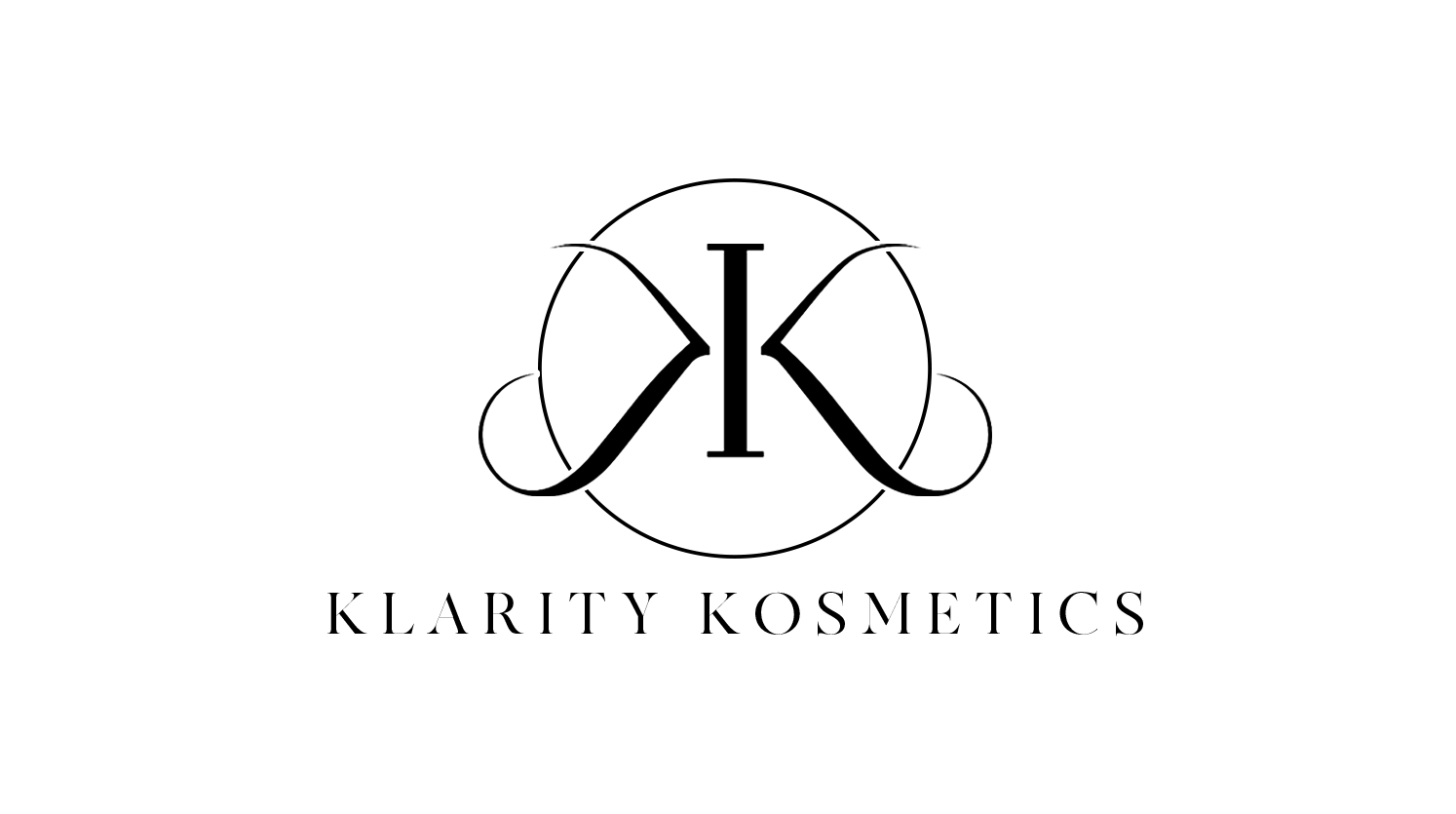Shop Klarity Kosmetics' Popular Setting Powders for a Flawless Finish
In the world of makeup, achieving a long-lasting, flawless look is every beauty enthusiast’s dream. One product plays a crucial role in making that happen—setting powders. These magical, finely milled powders are designed to lock in your makeup, control excess shine, and smooth out imperfections. Whether you're after a matte finish or a radiant glow, choosing the right setting powder can transform your makeup routine entirely.
Why Are Setting Powders Essential in Your Makeup Routine?
Setting powders are a staple in any makeup kit. Applied after foundation and concealer, they create a protective layer over your makeup, ensuring it stays in place throughout the day. But that's not all. Here’s what setting powders bring to your beauty routine:
Key Benefits of Setting Powders:
-
Oil Control: Absorbs excess oil and prevents shine, especially in the T-zone.
-
Long-Lasting Makeup: Keeps your foundation, concealer, and blush intact for hours.
-
Smooth Finish: Minimizes the appearance of pores, fine lines, and texture.
-
Crease Prevention: Stops makeup from settling into fine lines or creases.
-
Customized Finish: Offers options between matte, natural, or radiant finishes.
Best Setting Powders for Different Skin Types
Not all setting powders work the same for every skin type. Choosing the right formulation can elevate your makeup results significantly.
Best Setting Powders for Oily Skin
Oily skin tends to produce excess sebum, which can break down makeup quickly. The best setting powders for oily skin contain oil-absorbing ingredients like silica, kaolin clay, or rice powder. These powders control shine, minimize pores, and provide a matte, smooth finish.
Features to look for:
- Matte finish
- Oil-absorbing properties
- Lightweight texture
Best Setting Powders for Dry Skin
Dry skin often presents a unique challenge when it comes to makeup application. Traditional powders can emphasize flakiness, settle into fine lines, or leave the skin looking dull. That’s why selecting hydrating setting powders is essential for anyone with dry or dehydrated skin.
The Flawless Skin Baking & Setting Powder by Klarity Kosmetics is a perfect solution for those with dry skin. While designed primarily for baking and setting, its lightweight and finely milled formula ensures that it doesn’t cling to dry patches or create a cakey effect. Instead, it smooths over the skin seamlessly, providing a soft-focus finish that enhances your makeup’s longevity without compromising on hydration.
How to Apply Setting Powder Correctly
Perfect application technique ensures your setting powders deliver optimal results.
Step-by-Step Application Guide
-
Prep Your Skin: Always begin with a well-moisturized face.
-
Apply Base Makeup: Foundation and concealer first.
-
Dip a Fluffy Brush or Puff: Lightly tap into your setting powder.
-
Press, Don’t Rub: Gently press the powder onto your skin, focusing on the T-zone or areas prone to oiliness.
-
Dust Off Excess: Use a clean brush to remove any extra powder.
-
Optional Baking Technique: For oily skin or long events, leave powder on for 5-10 minutes before brushing off for added longevity.
What to Look for in Good Setting Powders
Essential Factors:
-
Texture: Fine-milled powders offer a smooth, flawless finish.
-
Finish Type: Matte for oily skin, radiant for dry or dull skin.
-
Ingredients: Look for powders with added skincare benefits.
-
Color Match: Tinted powders should match or complement your foundation.
Many makeup artists and beauty enthusiasts agree that the hallmark of good setting powders is how seamlessly they blend without leaving residue or flashbacks in photos.
Popular Setting Powders: Trends & Innovations
The beauty industry constantly evolves, and popular setting powders today are more advanced than ever. Brands are increasingly focusing on:
-
Clean Ingredients: Minimizing harmful additives.
-
Multi-Functionality: Hydrating, anti-aging, and protective benefits.
-
Sustainability: Eco-friendly packaging and cruelty-free formulations.
Klarity Kosmetics is proud to be at the forefront of this movement, ensuring our setting powders not only perform but also align with ethical beauty standards.
Frequently Asked Questions
1. Can I use setting powder without foundation?
Yes, you can use setting powder without foundation. Many people apply setting powder on bare skin to reduce shine, blur pores, and achieve a more polished look without wearing heavy makeup. It’s perfect for those who prefer a natural, matte finish while controlling oil throughout the day.
2. What’s the difference between setting powder and finishing powder?
Setting powder is used to lock in your foundation and concealer, ensuring long-lasting wear and oil control. Finishing powder, on the other hand, is typically applied after all makeup is done to blur fine lines, soften texture, and give an airbrushed appearance. Some powders are formulated to serve both purposes.
3. Do setting powders cause flashback in photos?
Flashback usually occurs when setting powders contain ingredients like silica or zinc oxide, which reflect light under flash photography. To avoid flashback, opt for powders labeled as "photo-friendly" or test them by taking a flash photo before an event.
4. Is setting powder suitable for mature skin?
Absolutely! However, the key is to choose a finely milled, lightweight setting powder. Avoid heavy or overly mattifying powders, as they can settle into fine lines and emphasize wrinkles. Hydrating or soft-focus formulas work best for mature skin, providing a smooth finish without drying out the complexion.
5. How often should I reapply setting powder during the day?
Ideally, setting powder is applied once after your makeup is complete. However, if you have oily skin or are exposed to humid conditions, you can touch up lightly throughout the day—focusing on areas prone to shine, like the forehead or nose. Always blot excess oil before reapplying to avoid cakiness.
6. Can I use setting powder on my under-eye area?
Yes, setting powder can be used to prevent under-eye concealer from creasing. However, it’s important to apply it sparingly using a soft brush or damp sponge. Choose a finely milled, lightweight powder to avoid emphasizing fine lines or dryness in this delicate area.







